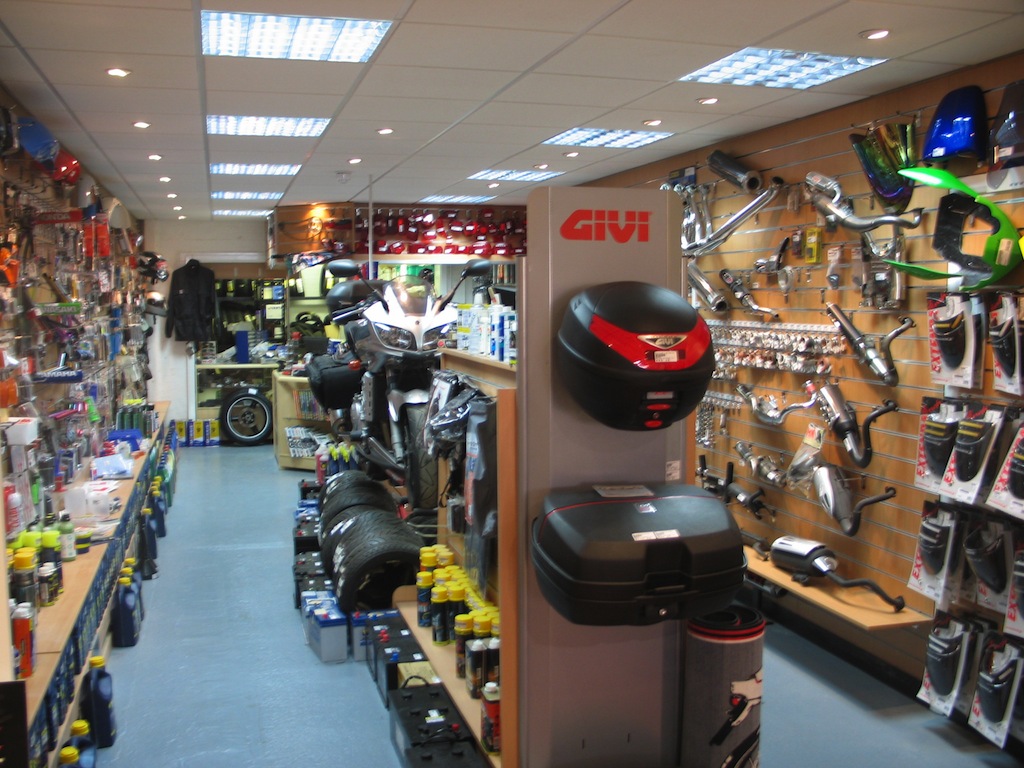Grasping Motorbike Gears: Exactly How to Enhance Your Riding Experience
In the realm of motorcycling, understanding the art of gear adjustment is important for enhancing your riding efficiency. Correctly utilizing and recognizing motorcycle equipments can significantly influence acceleration, control, and gas performance, changing an average trip into a smooth, exciting journey.
Recognizing Gear Mechanics
At the core of motorcycle characteristics, equipment auto mechanics play a crucial duty in transforming engine power right into motion, inevitably determining rate and control. The equipment ratios, very carefully created, figure out the relationship between engine changes and wheel turns, influencing velocity and fuel performance.
Recognizing gear mechanics starts with identifying the relevance of the gearbox, which houses multiple equipments of varying dimensions. These gears interact via a process called meshing, where teeth of different gears involve to transfer power. The precision of this communication is vital; any imbalance or damage can lead to ineffective power transfer, impeding efficiency. Furthermore, the arrangement and dimension of gears affect the motorcycle's ability to take care of various tons and speeds.
Additionally, the principle of gear changing is essential to taking full advantage of performance. Timely and smooth shifts make certain that the engine operates within its ideal power band, protecting against unnecessary stress and boosting longevity (motorbike shop). By comprehending these mechanical ins and outs, riders can accomplish an unified blend of efficiency, power, and control, elevating their riding experience
Timing Your Changes
Shift timing mastery is necessary for maximizing motorcycle efficiency and enhancing the riding experience. Effectively timed shifts make sure that the engine runs within its optimum power band, which is essential for maintaining control, attaining smooth velocity, and making sure the durability of the bike. Cyclists must develop an user-friendly sense of when to shift equipments, which includes comprehending the relationship between engine revolutions per min (RPM) and rate.
To master shift timing, pay close attention to the engine's noise and really feel, as these provide vital clues about when to transform equipments. When the engine comes close to the upper array of its power band without reaching the redline, the perfect shift point generally occurs - mx parts nz. Shifting as well early can lead to an absence of power, while shifting also late may create unneeded engine strain
Additionally, road conditions and riding design influence shift timing. In comparison, throughout freeway riding, less changes at greater rates can be more proper.
Enhancing Gas Efficiency
While understanding bike equipments is crucial for performance, boosting fuel effectiveness is equally crucial for both economic and ecological reasons. Optimal fuel intake not just reduces operational prices but additionally reduces the environmental impact of riding. To accomplish this, one have to understand the elaborate connection in between equipment choice and engine efficiency.
Riding in a greater gear at lower speeds can lead to engine lugging, which is detrimental to both gas gel seat for motorcycle economic situation and engine wellness. On the other hand, riding in lower equipments at high rates results in unnecessary gas usage.
Additionally, normal maintenance plays a critical function in gas efficiency. Making sure that the motorbike is well-tuned, with clean air filters and appropriately pumped up tires, can improve the rules of aerodynamics and minimize gas waste. Moreover, adopting a riding design that welcomes gradual velocity and smooth deceleration can contribute to better gas economic situation.

Techniques for Smooth Transitions
Achieving smooth equipment shifts is essential to improving the riding experience and making sure the durability of a bike's transmission system. Appropriate equipment shifting not just adds to a smooth trip however additionally minimizes wear and tear on the mechanical elements. To understand the art of smooth changes, motorcyclists should focus on a couple of essential strategies.

Second of all, clutch control plays a crucial function. Engaging and disengaging the clutch efficiently calls for technique. The clutch bar ought to be released slowly, permitting a smooth transfer of power from the engine to the wheels without triggering a shock or abrupt you can look here activity.

Adapting to Road Problems
Browsing diverse roadway conditions is a crucial skill for any motorcyclist intending to maintain control and safety and security. Whether you're riding on damp surfaces, gravel roads, or navigating sharp turns, your ability to adapt your gear usage and riding method is extremely important. Comprehending how to adjust your gears appropriately can dramatically influence traction and security, guaranteeing a safer journey.
On damp roadways, it is recommended to keep greater equipments to decrease torque and decrease wheel spin. This technique helps maintain grip on slippery surface areas, enabling smoother acceleration and deceleration. In comparison, when riding on gravel or irregular surface, reduced gears are better. Lower equipments provide much better control and permit you to react even more promptly to unexpected adjustments in the roadway surface.
Sharp contours demand exact gear monitoring to balance rate and control. Downshifting before entering a curve can assist preserve energy while ensuring the bike stays secure throughout the turn. Regular technique in varied problems improves your capability to predict and respond to adjustments in roadway texture and incline.
Conclusion
Grasping motorcycle gears substantially boosts the riding experience by enhancing velocity, gas, and control efficiency. Adapting gear selection to various roadway conditions, such as making use of higher equipments on damp surface areas and reduced equipments on gravel, further improves handling and safety and security.
Recognizing gear auto mechanics starts with acknowledging the importance of the gearbox, which houses multiple equipments of differing dimensions. These gears engage with a procedure understood as meshing, where teeth of motorcycle carburetor different equipments involve to transfer power (motorcycle parts nz). Gentle modifications to the throttle during equipment shifts can avoid jerky movements and maintain a consistent riding speed
Whether you're riding on damp surfaces, crushed rock roadways, or navigating sharp turns, your ability to adapt your equipment usage and riding method is vital. Adapting gear choice to numerous roadway conditions, such as utilizing higher gears on damp surface areas and lower gears on gravel, further boosts handling and security.